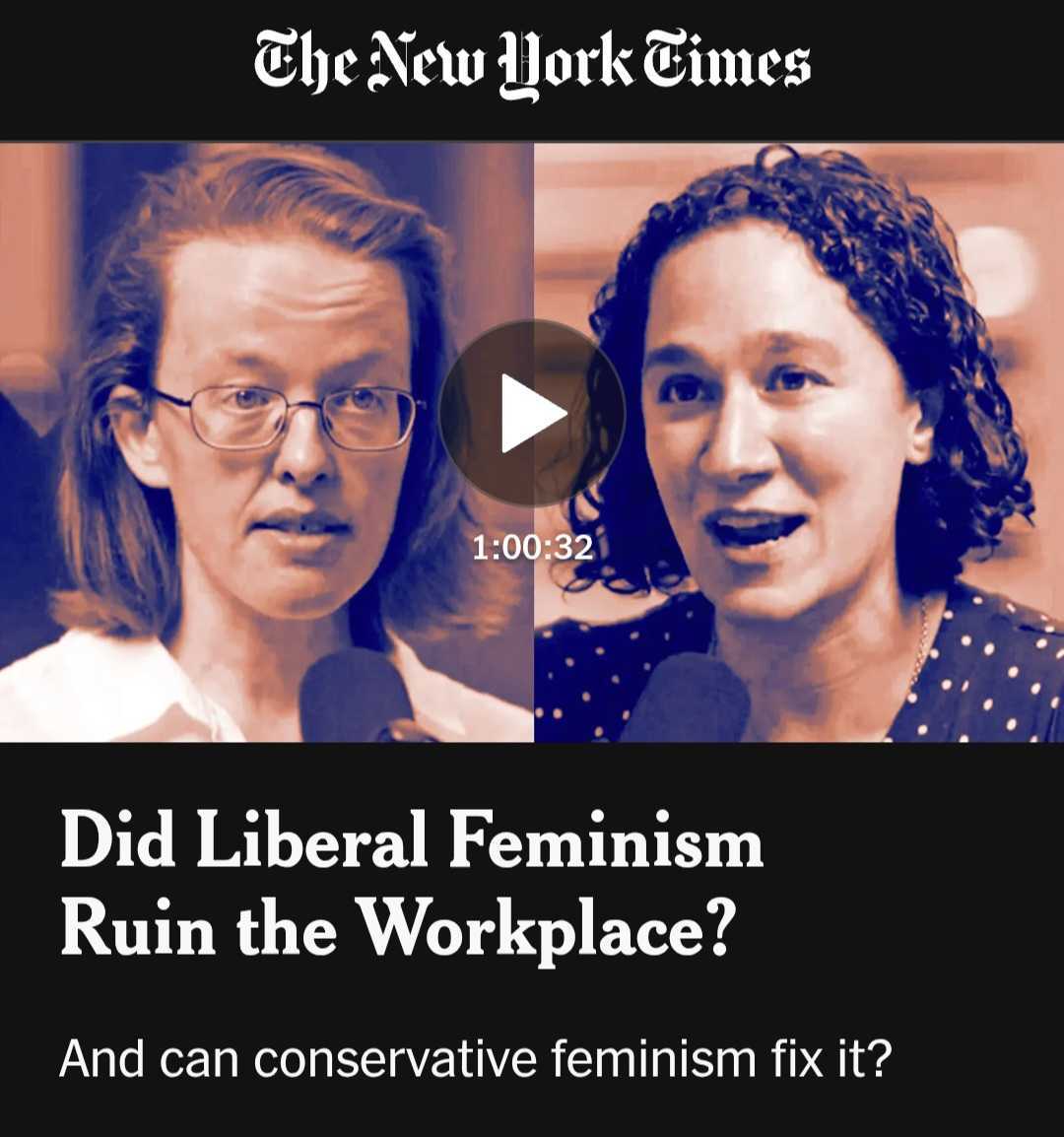Advertisements are used to sell stuff to people who might not need it in the first place. That is the main reason corporations spend a lot of money on them: to basically fuel consumerist ideals in the society. But why do they exactly work? Why should people want to buy an item they saw being advertised on their television, iPad or laptop screens?
The main reason would be the messages that are attached with these ads. The people in the media and advertising industry play on the predominant images that surround everyone. In developing countries like India, the middle class and neo-liberal aspirations find a reflection in some of these advertisements; the main idea being that buying and consuming a product or service will somehow lead to upward social mobility of the person and/or the family. These ads work at a subconscious level by making the brain seek connections with the audio visuals people consume everyday. The most popular advertising campaigns are the ones that are able to ‘strike a chord‘ with the audience and make them reflect on their own lives.
In the patriarchy there are a lot of problematic ideas attached to gender stereotypes, norms and roles. There is a culture of blatant objectification and sexualisation of female body parts in the society which gets captured in the media. In a way, the capitalist system creates an exploitative machinery where women are no longer in control of their own bodies and the misogynistic images that are sold to millions of people.
Of late, there have been some attempts to introduce socially responsible messages in advertisements. There is a desire among ad film makers to do something ‘different’ to sell their ideas to the public. Along with that, some are truly concerned about issues of gender equality and want to spark a dialogue of change in the society. Unfortunately, the change they want to talk about cannot be initiated unless there is a mass level gender sensitisation effort in the country. This has to be systematically done otherwise the understanding of intersectionality and complex issues of gender, sexuality, caste, class, disability and the likes cannot be brought to the surface.
Many a times, some advertisements fail miserably. The (might I add, extremely regressive) Airtel ad released last year showed a married woman as the boss in the office and her husband as the subordinate. Interestingly, there was a huge emphasis on how caring she is as a homemaker, what with her excellent culinary skills on display (literally)! There was almost an apologetic tone to the advert with a subliminal message attached which implied that just because she is his senior at work does not mean that she has let go of her ‘femininity’ and ‘womanhood’. In one word, cringe worthy.
Vogue India came up with an amazing mission of creating short videos to spread awareness on women empowerment. The first one, dubbed as “Going Home” had already met a strong criticism as it attempted to offer a Utopian world for women, where women can feel safe in the middle of the night, and get help by any male stranger if she just knows to smile like Alia Bhatt. The second one too met the same fate and was heavily criticised for failing to redefine masculinities and giving birth to a new genderism.
However, some adverts did catch our eyes. The ones that shone and sparkled. That questioned heteronormativity and gender norms in the society. They provided us with reassurance that there are a few people out there who understand the implications of gender as a social construct as well as the various harmful stereotypes attached to the concept.
The following are a few of those gems that have at least tried to incorporate some (if not all) aspects of the gender debate:
1. Ariel India
[youtube http://www.youtube.com/watch?v=w9w0_4M8bPs]
The advertisement ends by asking us an important question: “Is laundry only a woman’s job?“. Thereby highlighting and questioning the gender related roles in society.It also points to the fact that often times economic opportunities for women do not necessarily translate into a shift in power equations inside a family.
2. Tanishq
[youtube http://www.youtube.com/watch?v=P76E6b7SQs8]
The advertisement showed a dusky bride getting remarried. Considering how fairness obsessed the Indian culture is (Mind you, the fairness creams are the country’s ‘gift’ to the world!) , it was a bold step indeed. Her husband is shown to be respectful and loving towards her daughter from her (the general assumption is) first marriage. This ad celebrates the concept of different types of families and the need to move beyond appreciating only the Aryan standards of beauty in the media.
3. Havells Mixer
[youtube http://www.youtube.com/watch?v=r2YKFG7u7ZA]
The advertisement comes with a tagline: “Respect For Women“. It starts with a man cribbing about the cooking skills of his wife and we find him reminiscing about the different types of ‘chutney‘ his mother used to prepare for him (Ah, yes! The Oedipus complex trope). The wife brings the mixer to him and tells him that there are 25 types of chutney that can be prepared and he should go ahead and make some! Thus, making the man realize that a woman’s predominant role is not limited to the kitchen and her role as a care giver is not restricted to pleasing her man twenty-four seven.
I shall conclude by saying, there is hope after all.
About the author(s)
Writer. Gender activist. Sexuality educator. IT engineer. Loves Live.



